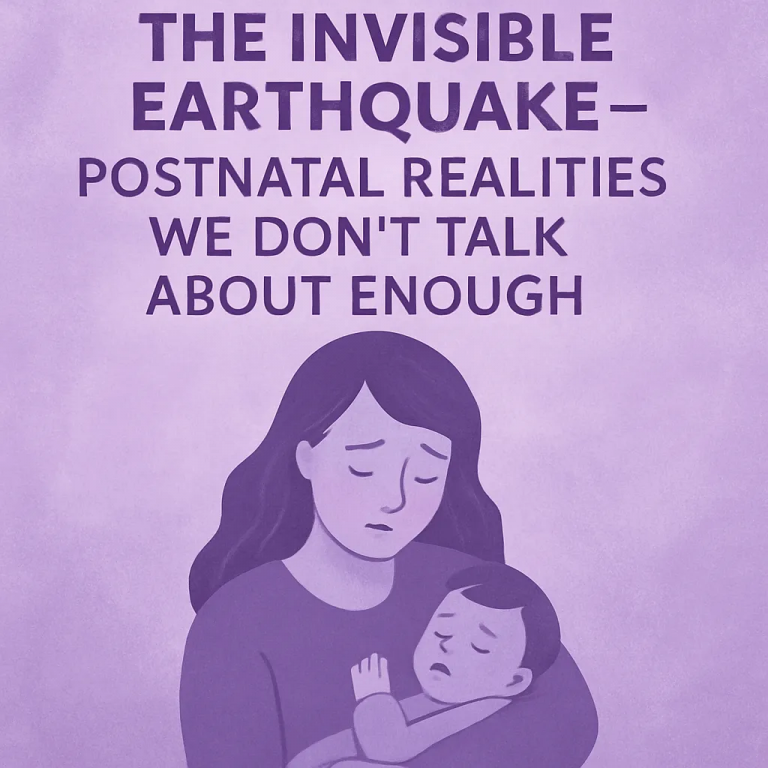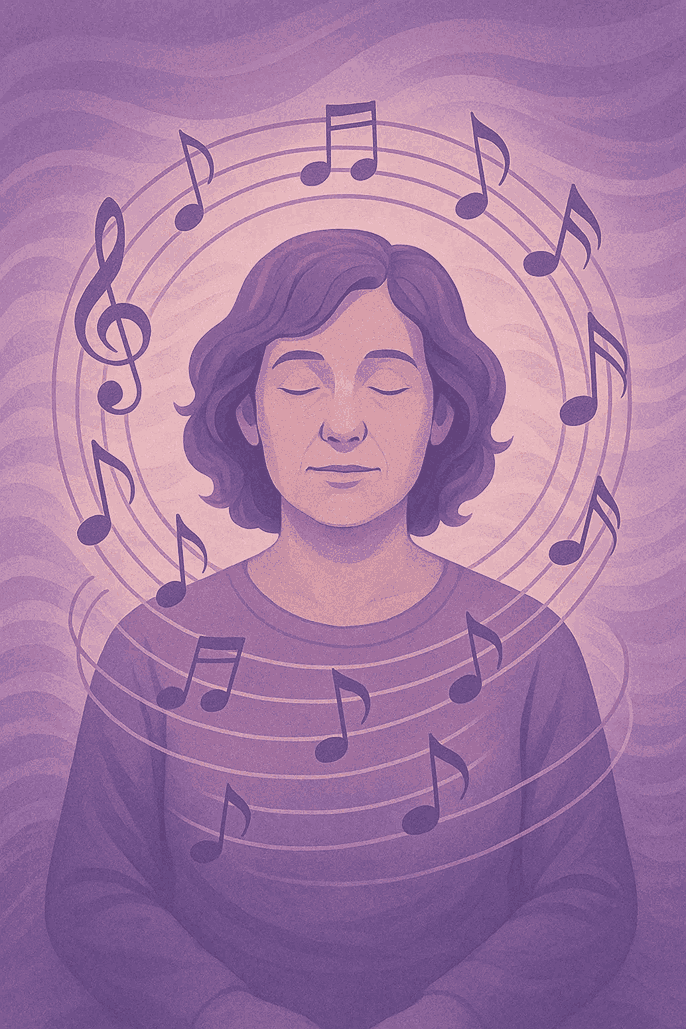Recently, I’ve been watching my little angel, aka sausage, my two-year-old granddaughter, navigate the enormous transition of becoming a big sister. It’s been a front-row seat to the sibling dance: the tug-of-war between love and curiosity, excitement and jealousy, all wrapped in a tiny body with even tinier words to express it.
There have been moments of tenderness , a small hand stroking her sisters head, and moments where big feelings spill out in ways that might, on the surface, look like “naughty” behaviour.
But here’s the thing: there is no such thing as naughty.
Behaviour as Communication
Kate Silverton’s There’s No Such Thing as Naughty captures what attachment theory has been telling us for decades: behaviour is not the problem, it’s the message. A two-year-old doesn’t have the language to say, “I feel displaced, I’m scared I’ve lost my place in the family, and I don’t know how to manage this flood of feelings.”
Instead, they show us: through tears, clinging, perhaps even through pushing boundaries. It isn’t defiance; it’s communication.
As I’ve held space for my granddaughter in these moments, I’ve been reminded that our work as therapists with adults isn’t so different. So many of the “difficult” behaviours we encounter, withdrawal, anger, control, are also communications of unmet attachment needs, only expressed through an adult nervous system that learned long ago how to survive.
Early Patterns and Emotional Regulation
What I see in my granddaughter is the raw formation of emotional regulation. At two, she is learning to borrow the calm of her parents, her Grumps, and me when her own feelings are too big. Those moments of co-regulation – being held, soothed, named and seen – are literally wiring her brain.
This is where attachment is not abstract theory but embodied reality. Sue Gerhardt, in Why Love Matters, describes how consistent emotional attunement builds the neural pathways for self-soothing. The opposite is also true: when those needs are missed or misread, the child adapts – often in ways that echo into adulthood and into the therapy room.
For Counsellors and Therapists
For us as practitioners, There’s No Such Thing as Naughty is more than a book about children – it’s a reminder to look beneath behaviour in every client we meet.
The client who avoids intimacy may be communicating: “Connection once hurt me.”
The client who explodes in anger may be saying: “I was never heard unless I was loud.”
The client who endlessly pleases might be showing: “Love always had strings attached.”
When we hold behaviour as communication of attachment needs, we soften. We see the child within the adult. And in doing so, we open the possibility for repair – offering a therapeutic relationship that models safety, attunement and new ways of regulating.
Back to My Little Angel/Sausage
Watching my granddaughter become a big sister has been a gentle reminder that the dance of attachment begins early and never really stops. We are always learning – to trust, to be seen, to love and to be loved.
So when I see her act out, I don’t see “naughty.” I see a little heart saying, “Help me. Hold me. Show me I still matter.” And isn’t that, in some way, what we all long for – no matter our age?
💛 For Therapists: If this resonates and you want to explore how early attachment patterns shape behaviour and emotional regulation in depth, you can dive into these themes in our Attachment-Based Psychotherapeutic Counselling Diploma. It’s designed for counsellors and therapists who want to bring attachment theory to life in their work with both adults and children.






